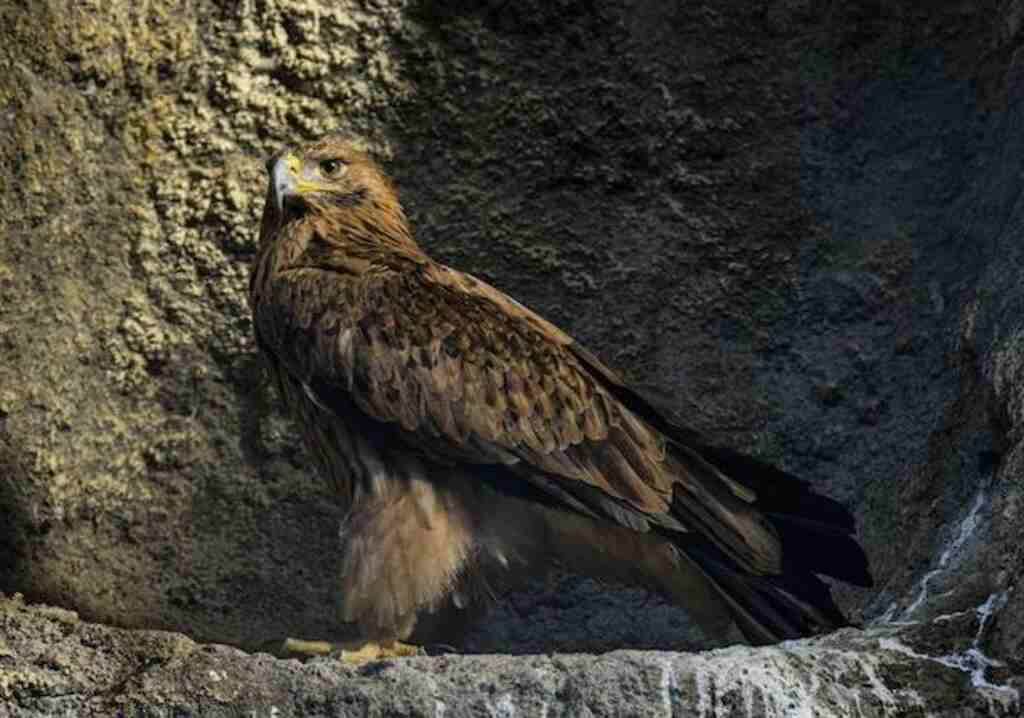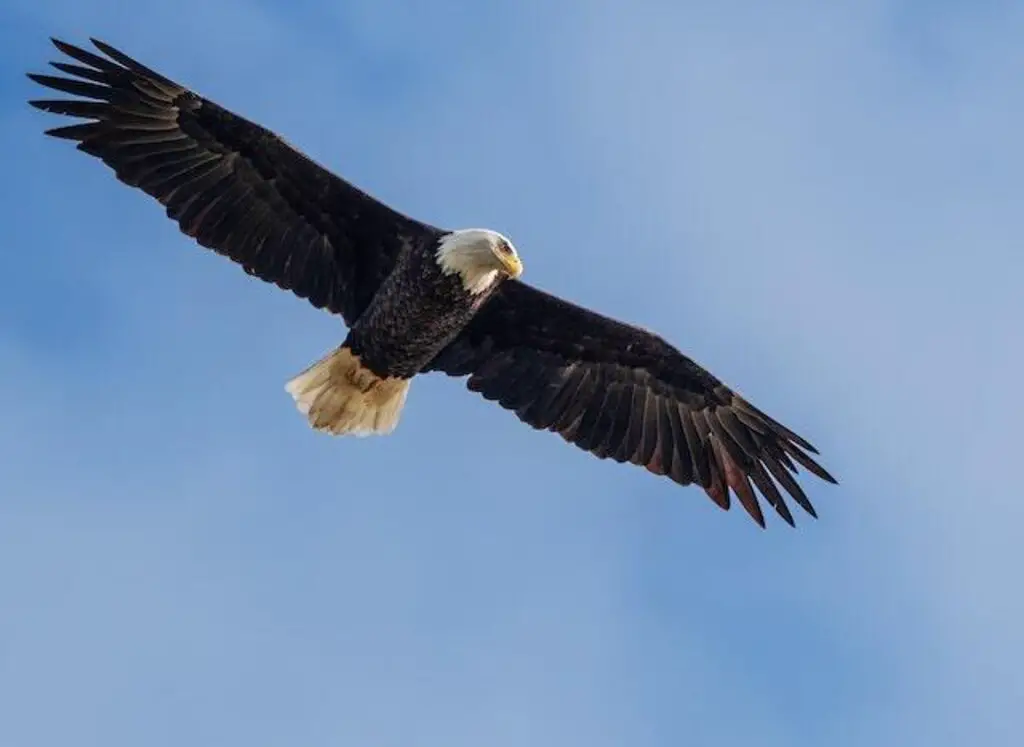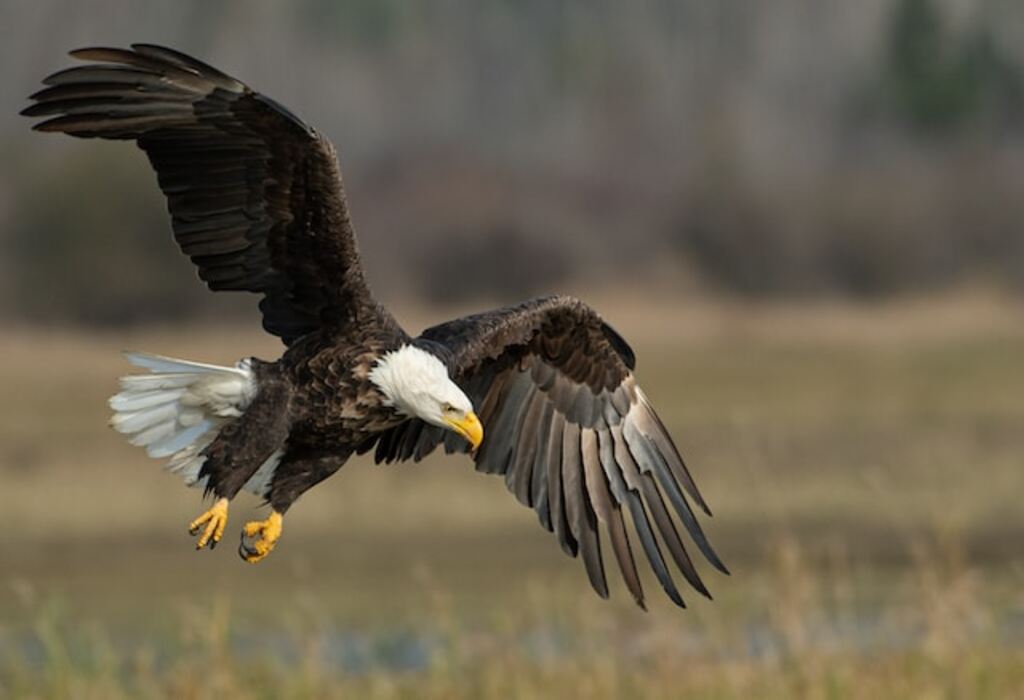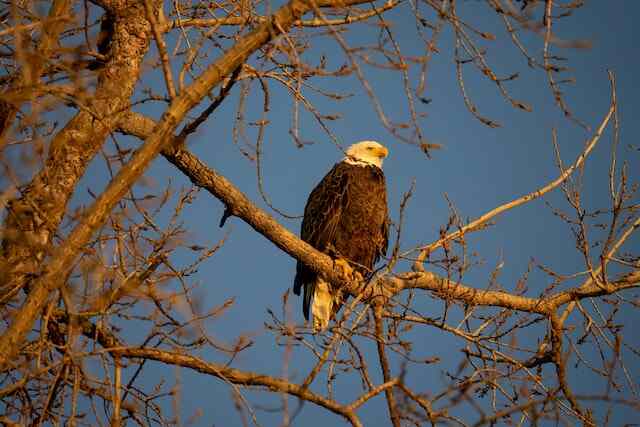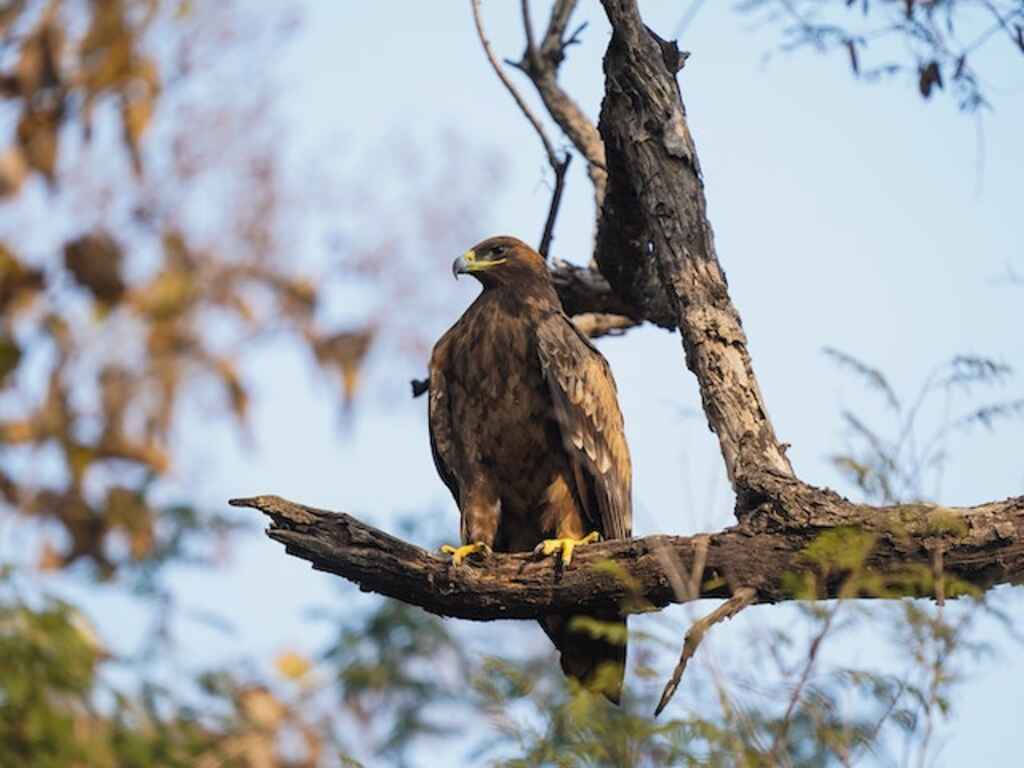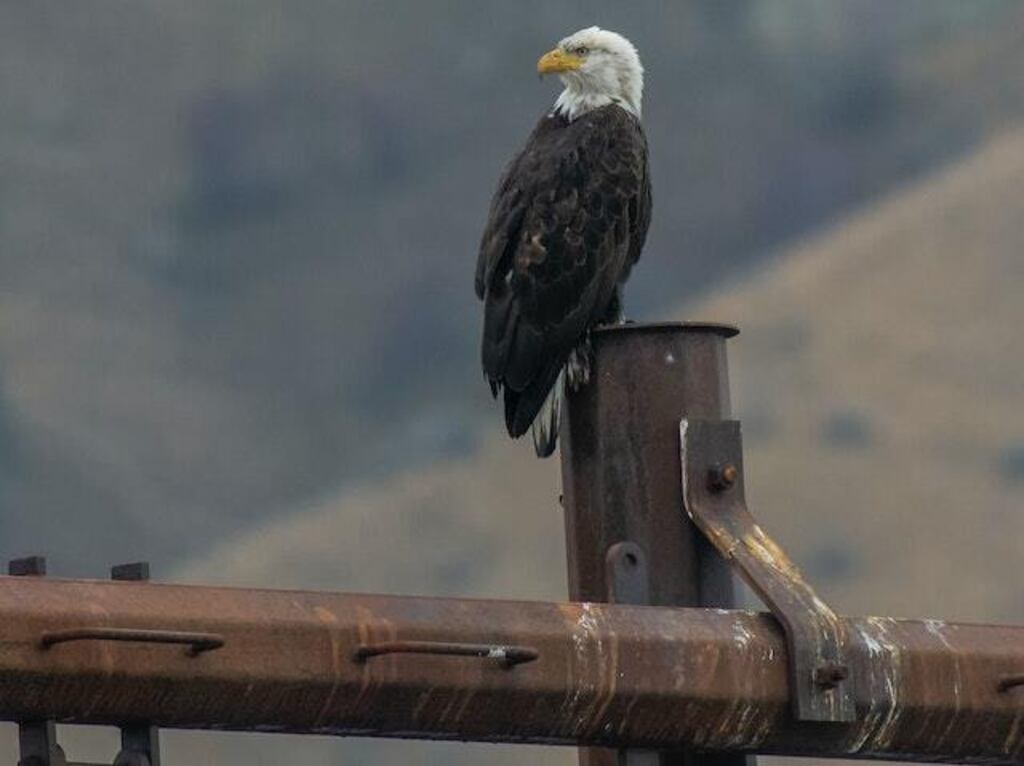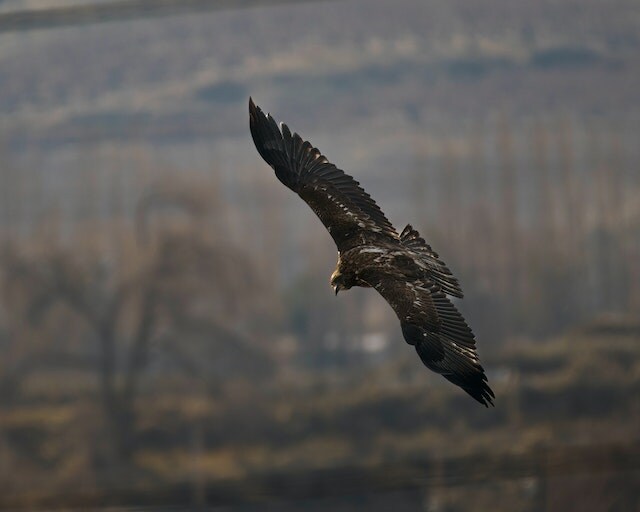Curiosity about eagles’ dining habits often leads to a peculiar question: Do Eagles Eat Cats? It’s a topic that captures the imagination, prompting visions of powerful birds swooping down on unsuspecting pets. But what’s the real story behind these avian predators and their potential prey? Let’s explore this intriguing inquiry and separate fact from fiction in the world of bird behavior.
Table of Contents
- 1 Key Takeaways
- 2 Understanding the Diet of Eagles
- 3 Eagle Prey Preferences
- 4 Rare Instances of Eagle-Cat Interactions
- 5 Size and Strength Considerations
- 6 Eagle Predation Patterns
- 7 Do Eagles Eat Cats
- 8 Unlikely Threat to Domestic Cats
- 9 Other Predators of Cats
- 10 Protecting Your Cat from Eagles (If Necessary)
- 11 Appreciating Eagles’ Role in Ecosystems
- 12 Frequently Asked Questions
- 13 Conclusion
- 14 Author
Key Takeaways
- Eagles primarily eat fish, small mammals, and birds.
- Rare instances of eagle-cat interactions have been documented.
- Eagles pose a minimal threat to domestic cats.
- Domestic cats can be protected by keeping them indoors or in enclosed outdoor spaces.
Understanding the Diet of Eagles
The diet of eagles is a topic of interest for researchers, as it helps to understand their ecological role and their impact on prey populations.
Understanding eagle habitat preferences is crucial in predicting their distribution and abundance.
Furthermore, studying the impact of eagle predation on local ecosystems provides valuable insights into the dynamics of food webs and the regulation of prey populations.
This knowledge sets the stage for examining eagle prey preferences in the subsequent section.
Eagle Prey Preferences
This discussion focuses on the prey preferences of eagles.
One key point to consider is that small mammals are a common food source for eagles.
Additionally, eagles also rely on birds and fish as alternative sources of sustenance.
Understanding these preferences can provide valuable insights into the feeding habits and ecological role of eagles.
Small mammals as common prey
Small mammals, such as mice and rabbits, are frequently hunted by eagles, akin to a skilled predator meticulously stalking its prey. This hunting technique demonstrates the eagle’s ability to adapt and thrive in various ecosystems.
The impact of eagle predation on the ecosystem is significant, as it helps regulate small mammal populations and maintain a balance within the food web.
However, eagles also rely on birds and fish as alternative food sources, ensuring their survival and continued contribution to the ecosystem.
Birds and fish as alternative food sources
Birds and fish serve as viable alternatives for sustenance in the eagle’s diet, showcasing the versatility of their feeding habits and their ability to adapt to changing environmental conditions.
These sustainable protein sources provide the necessary nutrients for the eagle’s survival.
While small mammals are common prey, eagles also rely on birds and fish to meet their dietary needs.
However, in rare instances, interactions between eagles and cats have been observed, which will be discussed in the subsequent section.
Rare Instances of Eagle-Cat Interactions
Rare instances of interactions between eagles and cats have been reported, capturing the attention of researchers and animal enthusiasts alike.
These eagle-cat interactions have raised concerns about the safety of domestic cats and the potential risks they face in areas where eagles are present.
Understanding and mitigating these risks is crucial to ensure the well-being of both species.
Transitioning into the subsequent section, it is important to consider size and strength considerations in assessing the dynamics of such interactions.
Size and Strength Considerations
In assessing the dynamics of interactions between eagles and cats, it is crucial to consider the significant disparity in size and strength between the two species, as the old adage goes, ‘might makes right.’
Eagles, being large and powerful birds of prey, possess sharp talons and a strong beak that enable them to hunt and kill smaller animals. To visualize this, consider the following table:
| Species | Average Weight (kg) | Average Wingspan (cm) |
|---|---|---|
| Eagle | 4-6 | 180-240 |
| Cat | 3-5 | 30-40 |
Understanding the size considerations and strength factors helps elucidate why eagle predation patterns differ from those of other predators. This difference will be explored in the subsequent section.
Eagle Predation Patterns
This discussion will focus on the preferred habitats for hunting, hunting strategies, and techniques employed by eagles.
Eagles are known to prefer habitats with open spaces and high vantage points, such as cliffs or tall trees, which provide them with a clear view of their surroundings.
In terms of hunting strategies, eagles are skilled predators that use various techniques, including aerial attacks, ambushes, and cooperative hunting with other eagles.
By understanding these aspects of eagle predation patterns, we can gain insight into their hunting behavior and adaptability in different environments.
Preferred habitats for hunting
Ideal hunting habitats for eagles include open grasslands, forested areas, and bodies of water, providing ample opportunities for prey capture and sustenance. Understanding prey behavior plays a crucial role in hunting success rates.
Eagles rely on their keen eyesight to spot potential prey from high vantage points, and they use their powerful wings and sharp talons to swoop down and secure their meal.
Transitioning to the subsequent section, eagles also employ various hunting strategies and techniques to increase their hunting efficiency.
Hunting strategies and techniques
One effective approach employed by eagles involves employing a combination of stealth and patience to ambush unsuspecting prey, resulting in a thrilling display of aerial prowess and ruthless precision.
These eagle hunting techniques are a testament to the hunting strategies of predators, showcasing their adaptability and evolutionary prowess.
To further explore this topic, let’s delve into the unlikely threat that eagles pose to domestic cats.
Do Eagles Eat Cats
While eagles are powerful hunters, their primary diet consists of small mammals, birds, and fish.
Although there have been rare instances of eagles preying on small domestic animals like cats, it is not a typical part of their diet.
Eagles primarily target prey that is smaller and easier to capture.
Unlikely Threat to Domestic Cats
Unlikely as it may seem, domestic cats face a minimal threat from eagles. However, it is still important for cat owners to be aware of eagle-cat interactions and take precautions to protect their pets.
To minimize the risk, consider the following:
- Keep cats indoors or in enclosed outdoor spaces.
- Install bird netting or other deterrents around the property.
- Avoid leaving cats unattended in open areas.
- Supervise outdoor activities to ensure the safety of cats.
- Consult with local wildlife experts for additional advice.
While eagles may not pose a significant danger to cats, it is crucial to recognize that other predators can still pose a threat.
Other Predators of Cats
This paragraph will introduce a discussion on the subtopic of other predators of domestic cats. It will focus on two key points: common predators of domestic cats and the comparative risk of predation by different predators.
In an objective and impersonal academic style, the paragraph will convey information without the use of personal pronouns.
Common predators of domestic cats
Common predators of domestic cats include birds of prey such as eagles, who, with their keen eyesight and powerful talons, can pose a significant threat to our feline companions, akin to a regal predator soaring above an unsuspecting kingdom.
To engage the audience, here are four important points about eagle-cat interactions and protecting domestic cats:
- Eagles are opportunistic hunters and may target cats that are left unattended outside.
- Keeping cats indoors or providing a secure outdoor enclosure can help protect them from eagle attacks.
- Providing hiding spots and tall structures can offer cats a safe escape from aerial predators.
- Educating ourselves about the risks and taking preventive measures can significantly reduce the chances of our cats falling victim to eagle predation.
Transitioning into the subsequent section about the comparative risk of predation by different predators, it is essential to understand the different threats that cats may face in their environment.
Comparative risk of predation by different predators
Common predators of domestic cats include coyotes, bobcats, and owls. However, the risk of predation by different predators varies.
In particular, the predation rates of eagles on cats have been a subject of interest.
Understanding the impact of eagle predation rates on local ecosystems is crucial for managing cat populations and ensuring their safety.
With this in mind, it becomes important to consider measures for protecting your cat from eagles (if necessary).
Protecting Your Cat from Eagles (If Necessary)
To safeguard your feline companion from potential threats posed by eagles, implementing protective measures becomes crucial. Consider the following strategies to protect your cat:
- Create an enclosed outdoor space to limit their exposure to eagles.
- Install deterrents such as reflective objects or noise-making devices.
- Keep your cat indoors during eagle activity periods.
- Ensure your cat has a safe and secure shelter when outdoors.
By taking these precautions, you can ensure the safety of your cat while appreciating eagles’ vital role in ecosystems.
Appreciating Eagles’ Role in Ecosystems
Coexistence between eagles and cats is an important aspect to consider when discussing the role of eagles in ecosystems.
While it is true that eagles are known predators and may occasionally prey on cats, it is essential to understand that this is a natural part of the balance in the ecosystem.
Appreciating the beauty and diversity of wildlife, including eagles, allows us to recognize the intricate web of relationships and interactions that exist in nature, highlighting the significance of eagles in maintaining a healthy ecosystem.
Coexistence between eagles and cats
In the intricate tapestry of nature’s web, the harmonious balance between eagles and cats is a captivating dance of predator and prey.
Coexistence between these two species, however, presents several challenges.
Wildlife conservation efforts strive to ensure that both eagles and cats can thrive in their respective habitats.
By understanding the delicate dynamics at play, we can appreciate the beauty and diversity of wildlife, cherishing the intricate connections that sustain our natural world.
Appreciating the beauty and diversity of wildlife
The mesmerizing array of wildlife in our world never ceases to inspire awe and wonder, as we witness the intricate connections and interplay between different species.
One way to appreciate the beauty and diversity of wildlife is through wildlife photography, capturing the essence of various species in their natural habitats.
Additionally, conservation efforts play a crucial role in preserving and protecting these stunning creatures, ensuring their continued existence for future generations to marvel at.
Frequently Asked Questions
What is the average lifespan of an eagle?
The majestic eagle, a symbol of freedom and strength, faces challenges in its population decline. Factors such as habitat loss and pollution affect the average lifespan of eagles. Understanding these factors is crucial for conservation efforts.
How do eagles hunt and catch their prey?
Eagles employ various hunting techniques, including perching and scanning their surroundings for prey, aerial pursuit, and surprise attacks. They primarily target small to medium-sized mammals, birds, and fish, relying on their sharp vision, powerful talons, and beak to capture and kill their preferred prey.
Are there any known cases of eagles attacking dogs?
There have been documented cases of eagles attacking domestic dogs, although they are relatively rare. Eagle behavior towards dogs can vary, and while some dogs may be able to defend themselves, others may not.
What are some measures people can take to protect their cats from eagles?
To protect cats from eagle attacks, owners can train them to stay indoors, providing a safe environment. Additionally, using deterrents such as noise-makers, reflective objects, or even installing physical barriers can help keep eagles away from residential areas.
Do eagles have any natural predators?
Eagles are not typically preyed upon by other animals, as they are apex predators. However, their conservation is important due to threats such as habitat loss, which can have detrimental effects on eagle populations and their ecosystems.
Conclusion
In conclusion, the diet of eagles is predominantly composed of fish, small mammals, and birds.
While there have been rare instances of eagles preying on cats, it is an unlikely threat to domestic cats due to their size and strength considerations.
Additionally, there are other predators, such as coyotes and bobcats, that pose a greater risk to cats.
It is important to appreciate the role of eagles in ecosystems and, if necessary, take measures to protect cats from potential interactions.
Interestingly, a study found that eagles primarily target fish, with approximately 56% of their diet consisting of aquatic prey.

